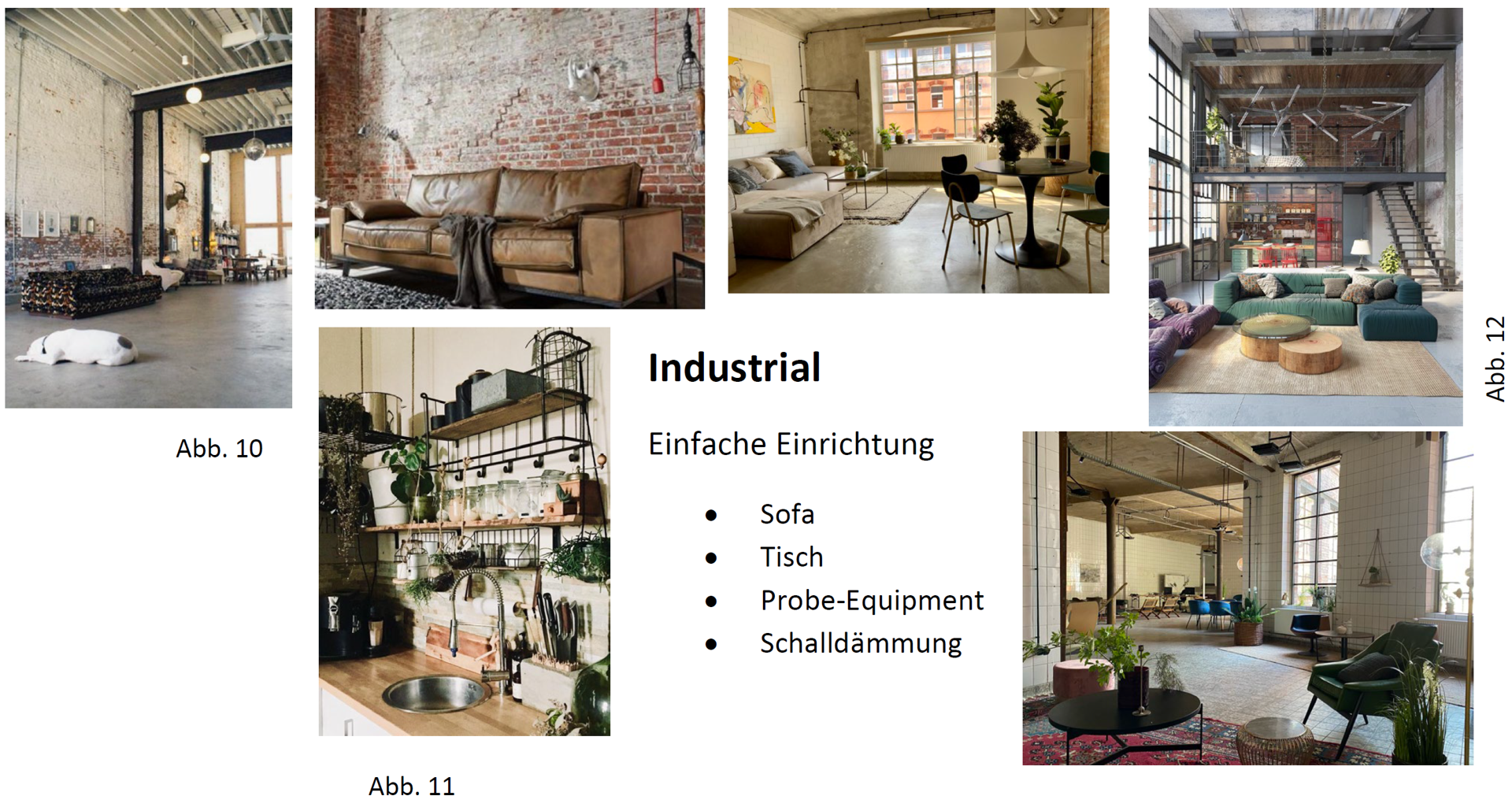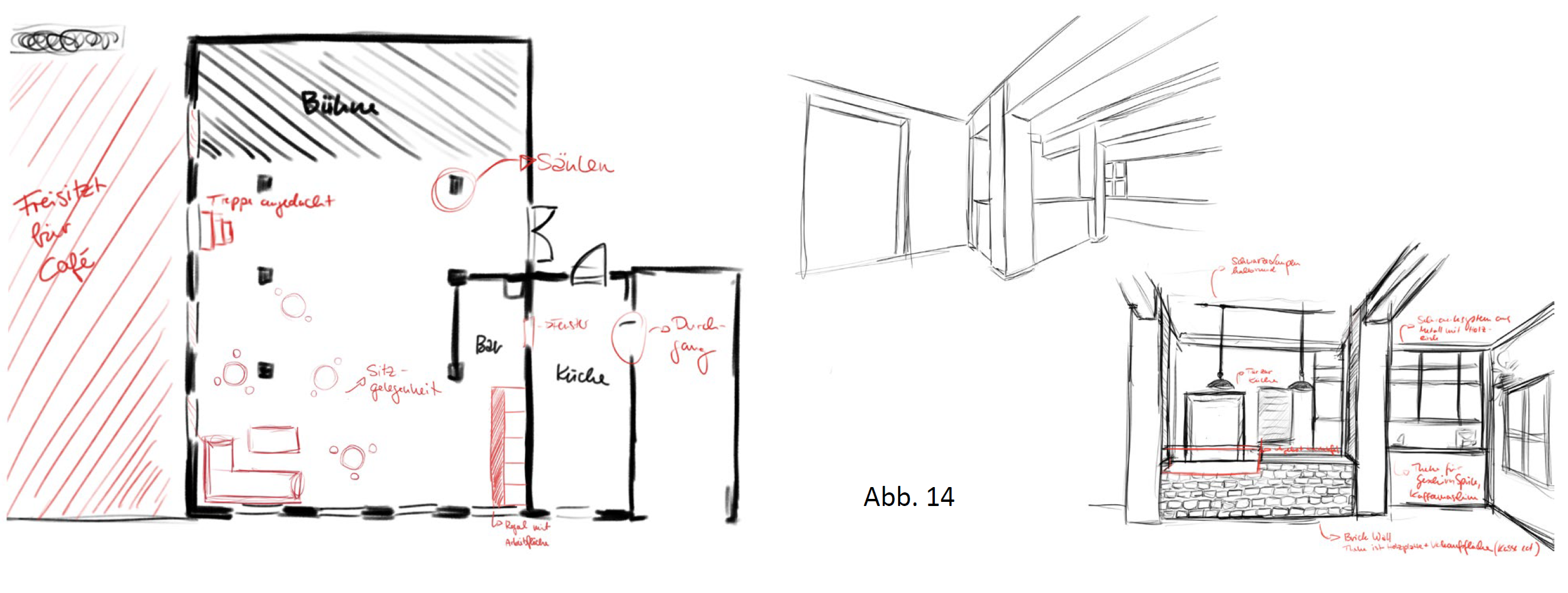Bandhaus Image Film


Team Lead - I took care of planning a structure with several milestones for the project and creating and assigning tasks.
Shooting and Tracking the video - We went to the location several times and I recorded the footage we used for the final video. Prior to this, I distributed small colored objects in the room to simplify the motion tracking process. In the end, I had to split the video into smaller sequences since the tracking got inaccurate over time.
Modelling, Texturing and Decorating the room - This was done in Blender, based on the worked out concept. Another member of the team supported me with some assets for the scene.
In the end, I learned a lot about organizing a project and the specific techniques we used like motion tracking. There were a few critical, yet time consuming factors we had to deal with but in the end we managed to complete the project in time. We were proud on what we had accomplished and each took along some individual learnings (like to never underestimate render times...).
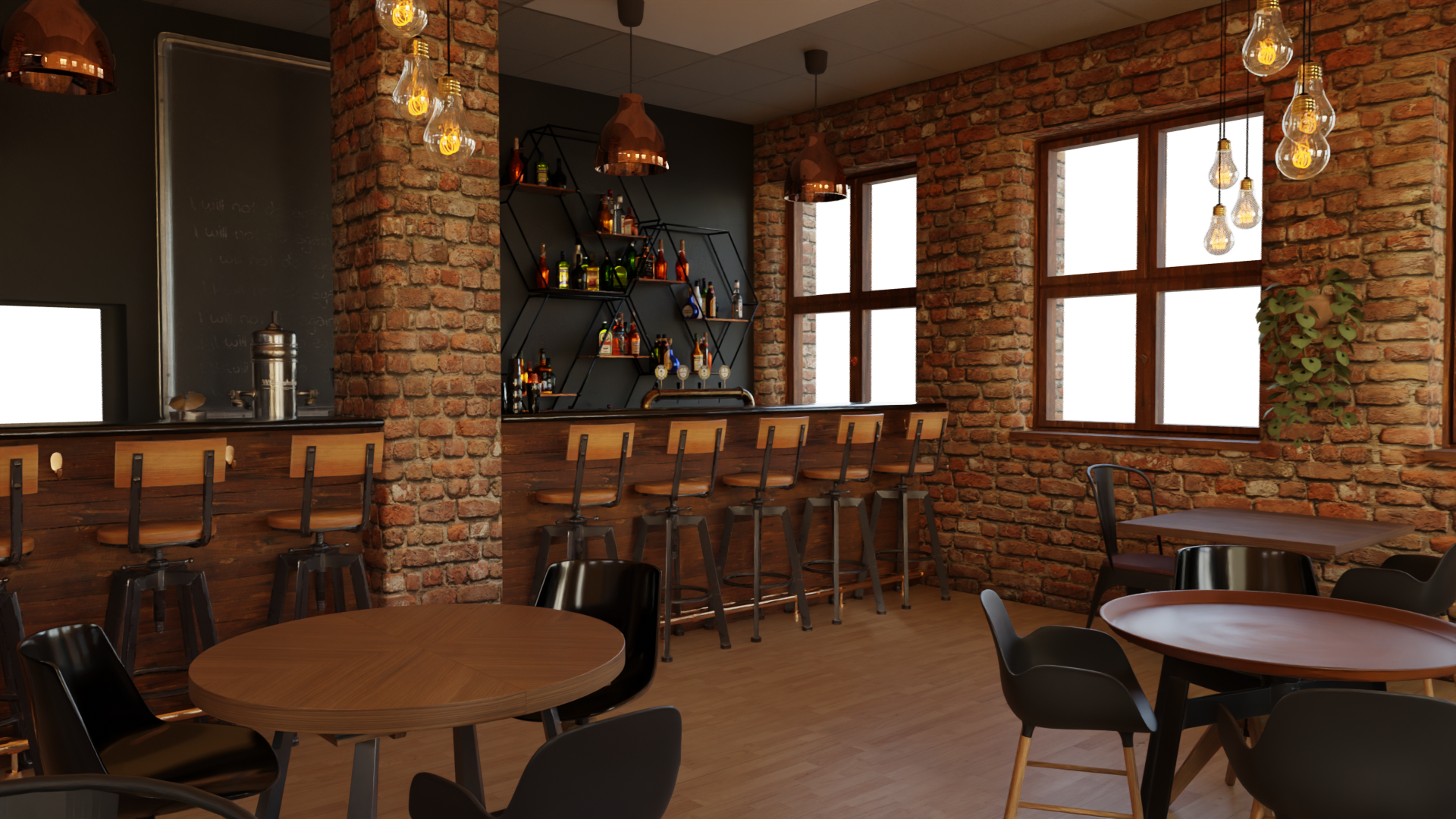
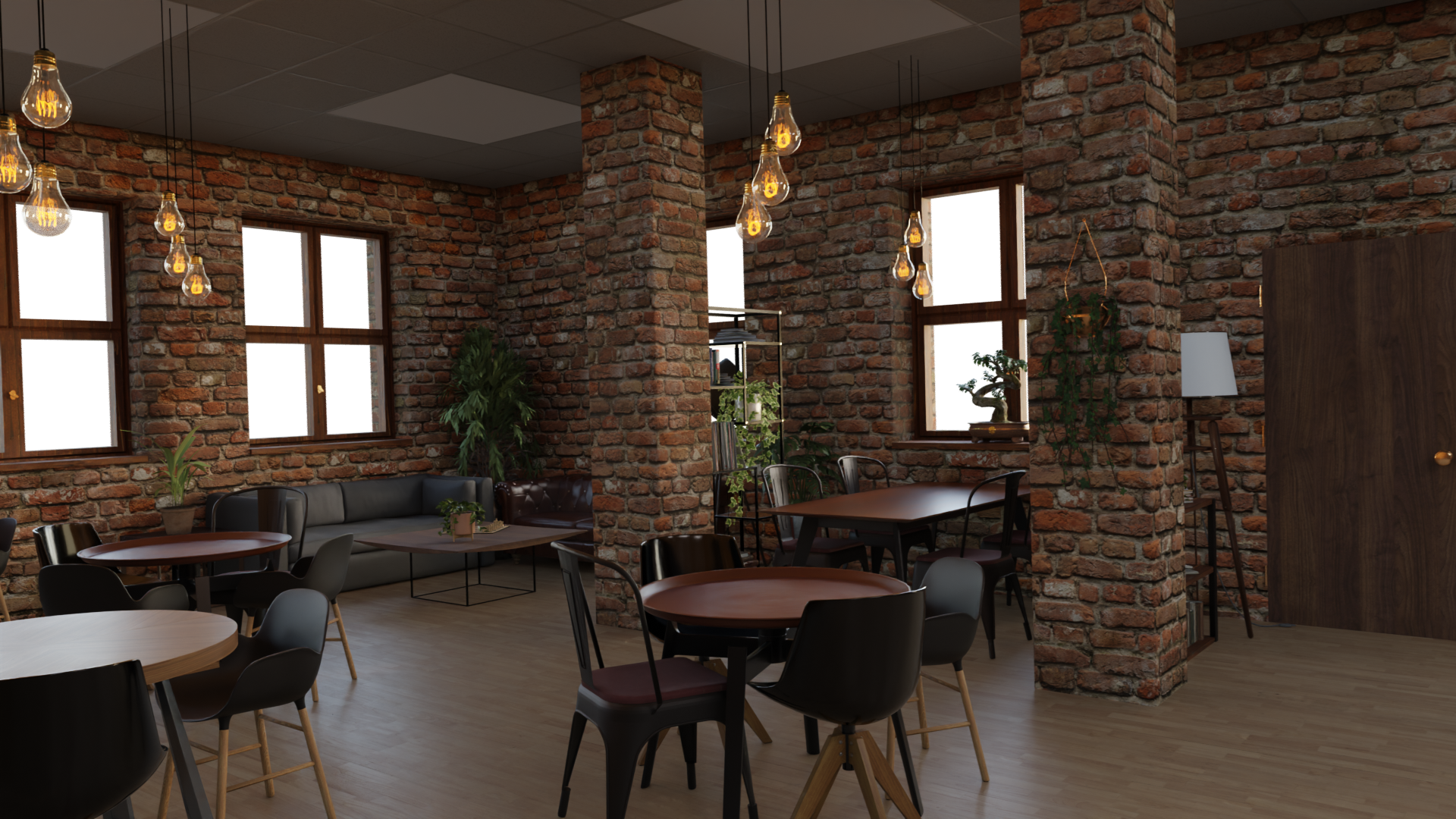
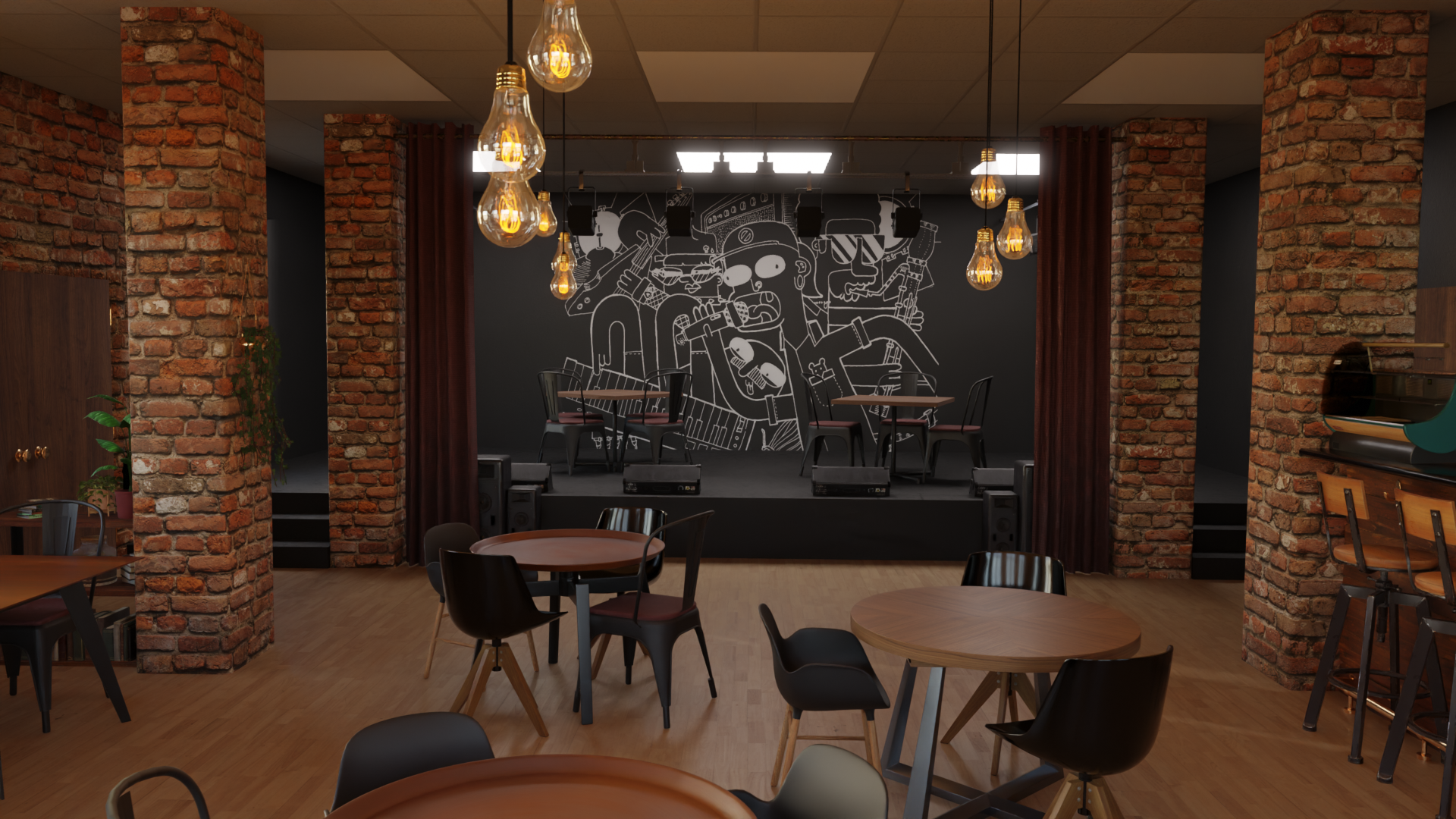
Due to time limitations we mainly used assets from Sketchfab. The full list can be found here.
The art you can see on the wall behind the stage was made by the independent artist Tobias Lammers.
This project was done on behalf of the Bandcommunity Leipzig e. V., that wanted to expand to a new Location and were searching for sponsors. Our task was to create a visualization of parts of the new building in the span of one semester and how they might look after a renovation.
For that we chose to produce an image film about the (possible) future Bandhaus Café, where we showed our concept of the room in 3D using motion tracking.
We set up a Trello board for organizing tasks and a Miro board for conceptualizing and disigning our vision of the Bandhaus Café.
At first, we split the project into three different steps.
The first was to create a concept of the room: Which area (e. g. bar, stage) should be located where, how they should be furnished and decorated, etc.
The second step was to visualize the concept by sketching it for the future work in 3D and for communicating our ideas to the project partner. We also took the footage of the room.
In the third step we created the final product by tracking the video of the room, creating and rendering it in Blender, cutting the video and implementing audio and voice-over.
Major challenges came from the time management and dependencies between the different work steps. I tried to overcome this by splitting the steps into smaller individual tasks and creating a work pipeline that could be adjusted to our current progress. In the end, we managed to complete the project in time although the first steps took longer than expected.
